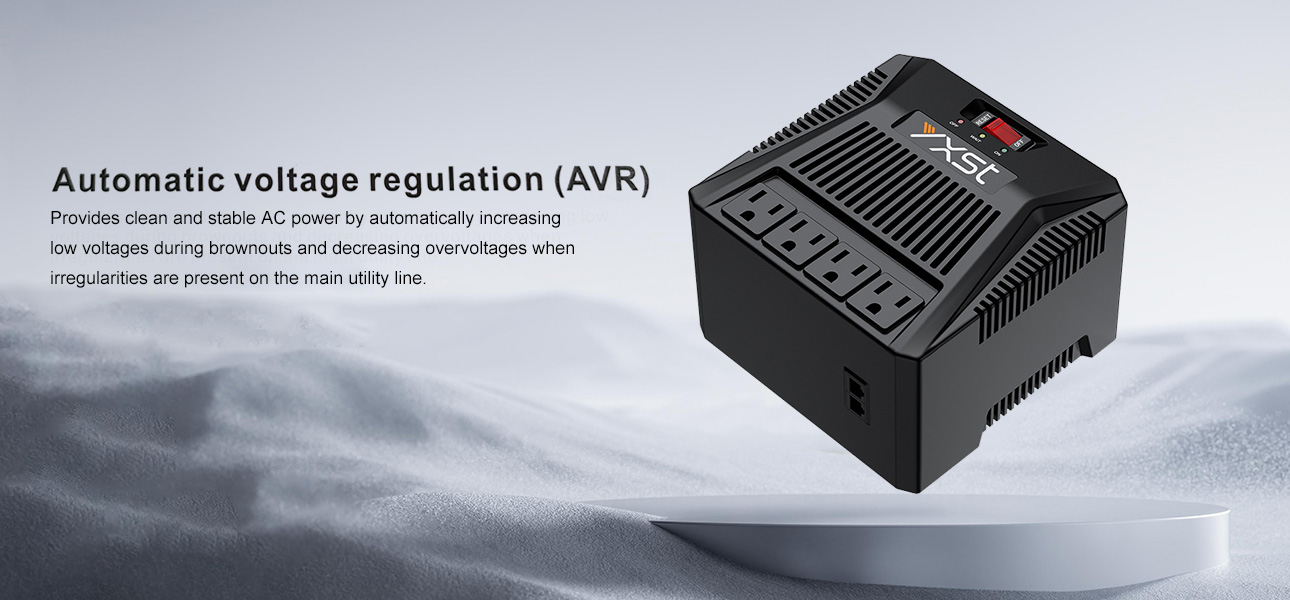Some buyers may have the following questions, such as is it useful to use a single-phase AVR when the voltage is insufficient? What is the difference between an automatic voltage regulator (AVR) and an inverter, and which one is better to buy? This article is aimed at answering the above questions. If you know more specifics, you can consult us for professional advice.
Is it useful to use a Single Phase AVR when the voltage is insufficient?
Yes, a Single phase AVR is useful when the voltage is insufficient in a single-phase electrical system. It stabilizes the voltage by adjusting the excitation to maintain a consistent output, which helps protect electrical devices from damage and ensures they operate correctly. However, if the voltage drop is severe or if you’re dealing with high power loads, you might need to consider additional solutions or a more robust AVR.

The difference between a automatic voltage regulator(AVR) and an inverter
An Automatic Voltage Regulator (AVR) and an inverter are both important devices in electrical systems, but they serve different purposes and function in distinct ways. Here’s a breakdown of their differences:

Automatic Voltage Regulator (AVR)
Function:
An AVR is designed to maintain a constant output voltage level for electrical devices or systems. It automatically adjusts the voltage to ensure that it remains within a specified range.
Application:
AVRs are commonly used in generators, transformers, and power distribution systems to stabilize voltage levels and protect equipment from voltage fluctuations.
Operation:
The AVR monitors the output voltage and adjusts the excitation of the generator or the tap settings of a transformer to correct any deviations from the desired voltage level.
Purpose:
The main purpose of an AVR is to ensure the stability and reliability of voltage to prevent damage to electrical equipment and to maintain proper operation.
Inverter
Function:
An inverter converts direct current (DC) into alternating current (AC). This allows devices that require AC power to be run from a DC power source, such as batteries or solar panels.
Application:
Inverters are used in various applications including solar power systems, uninterruptible power supplies (UPS), and to power AC appliances from battery sources.
Operation:
The inverter takes in DC power, typically from a battery or solar panel, and converts it to AC power using electronic circuitry. It can also modify the output to match the required voltage and frequency.
Purpose:
The primary purpose of an inverter is to enable the use of DC power sources for AC-powered devices and systems. It also allows for the integration of renewable energy sources with the electrical grid.
Summary

AVR: Maintains a stable voltage level within an electrical system.
Inverter: Converts DC power to AC power for use with AC devices.
Each device plays a crucial role in its respective area, with AVRs focusing on voltage regulation and inverters enabling the use of different power sources.




